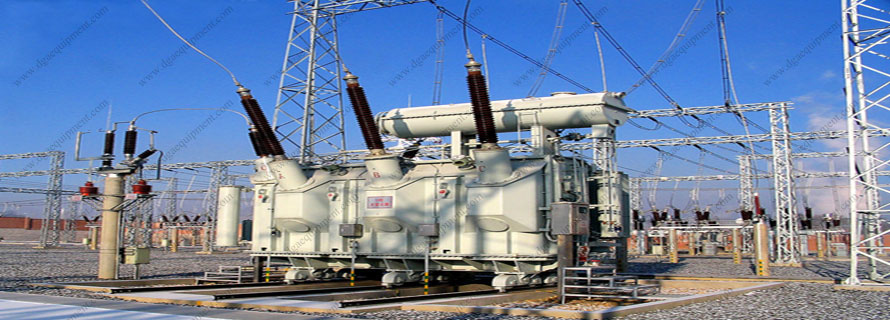13. Calculation
13.1 Observe and record the ambient barometric pressure (see Note 11) at the time of the test. When the pressure differs from 101.3 kPa (760 mm Hg), correct the flash point as follows:

NOTE 11 - The barometric pressure used in this calculation is the ambient pressure for the laboratory at the time of the test. Many aneroid barometers, such as those used at weather stations and airports, are precorrected to give sea level readings and would not give the correct reading for this test.
13.2 After correction for barometric pressure, round the temperature to the nearest 0.5°C (1°F) and record.
14. Report
14.1 Report the corrected flash point as the ASTM D 93–IP 34, Procedure A or Procedure B Pensky-Martens Closed Cup Flash Point of the test specimen.
15. Precision and Bias (Procedure A)
15.1 Precision - The precision of this procedure as determined by the statistical examination of the interlaboratory test results, is as follows:
15.1.1 Repeatability - The difference between successive results, obtained by the same operator with the same apparatus under constant operating conditions on identical test material, would in the long run, in the normal and correct operation of the test method, exceed the following values in 1 case in 20.


15.1.3 Bias - Since there is no accepted reference material suitable for determining the bias for the procedure in these test methods, bias has not been determined.
15.1.4 Relative Bias - Statistical evaluation of the data did not detect any significant difference between the reproducibility variances of manual and automated Pensky-Martens flash point results for the samples studied. Evaluation of the data did not detect any significant difference between averages of manual and automated Pensky-Martens flash point for the samples studied with the exception of cycle oil and fuel oil which showed some bias. In any case of dispute, the manual procedure shall be considered the referee test.
NOTE 12 - The precision statements were derived on clear liquids only. Refer to the research report10 for information regarding relative bias and types of samples. Additional studies are in progress concerning relative bias.
15.1.5 The precision data were developed from a combined 1991 ASTM cooperative test program using 5 samples of fuel and lubricating oils (Twelve laboratories participated with the manual apparatus and 21 laboratories participated with the automated equipment) and a 1994 IP cooperative test program using 12 fuel samples and 4 pure chemicals. (Twenty-six laboratories participated with manual and automated equipment. The apparatus used either a gas test flame or an electric resistance (hot wire) device for the ignition source. Information on the type of samples and their average flash point are in the research report.
16. Precision and Bias (Procedure B)
16.1 Precision - The precision of this procedure as determined by the statistical examination of the interlaboratory test results, is as follows:
16.1.1 Repeatability - The difference between successive results obtained by the same operator with the same apparatus under constant operating conditions on identical test materials would, in the long run, in the normal and correct operation of the test method, exceed the following value in 1 case in 20:

16.1.2 Reproducibility - The difference between two single and independent results obtained by different operators working in different laboratories on identical material would, in the long run, exceed the following value only in 1 case in 20.

16.1.3 Bias - Since there is no accepted reference material suitable for determining the bias for the procedure in these test methods, bias has not been determined.
16.1.4 The precision data for residual fuel oils were developed in a 1996 cooperative test program conducted by the IP using 12 samples of residual fuel and 40 laboratories worldwide using both the manual and automated apparatus. Information on the type of samples and their average flash point are in the research report.
16.1.5 The precision data for other sample types in Procedure B is not known to have been developed in accordance with RR:D02–1007.
NOTE 13 - Procedure B was not tested in the 1991 interlaboratory program.
17. Keywords
17.1 automated flash point; automated Pensky-Martens closed cup; flammability; flash point; Pensky-Martens closed cup



